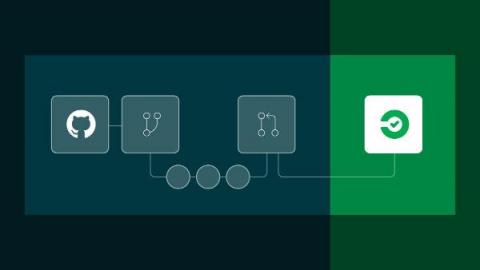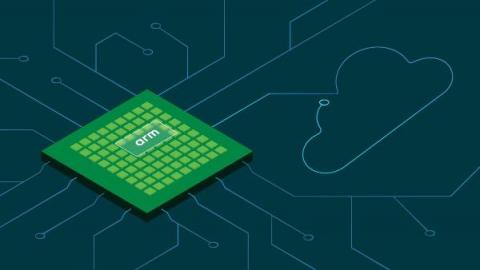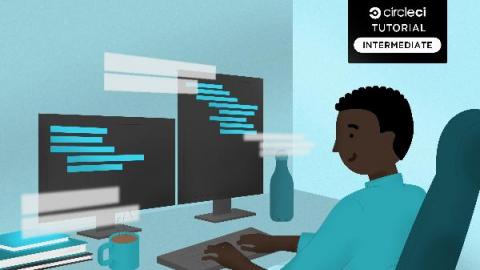Getting started with scheduled pipelines
CircleCI’s scheduled pipelines let you run pipelines at regular intervals; hourly, daily, or weekly. If you have used scheduled workflows, you will find that replacing them with scheduled pipelines gives you much more power, control, and flexibility. In this tutorial, I will guide you through how scheduled pipelines work, describe some of their cool use cases, and show you how to get started setting up scheduled pipelines for your team.











